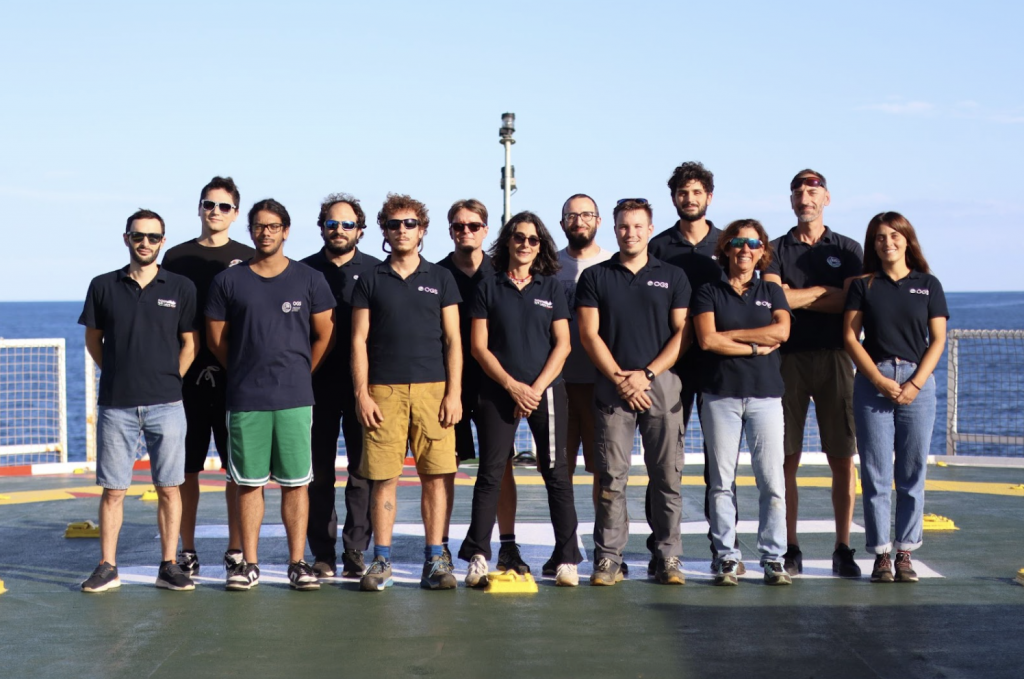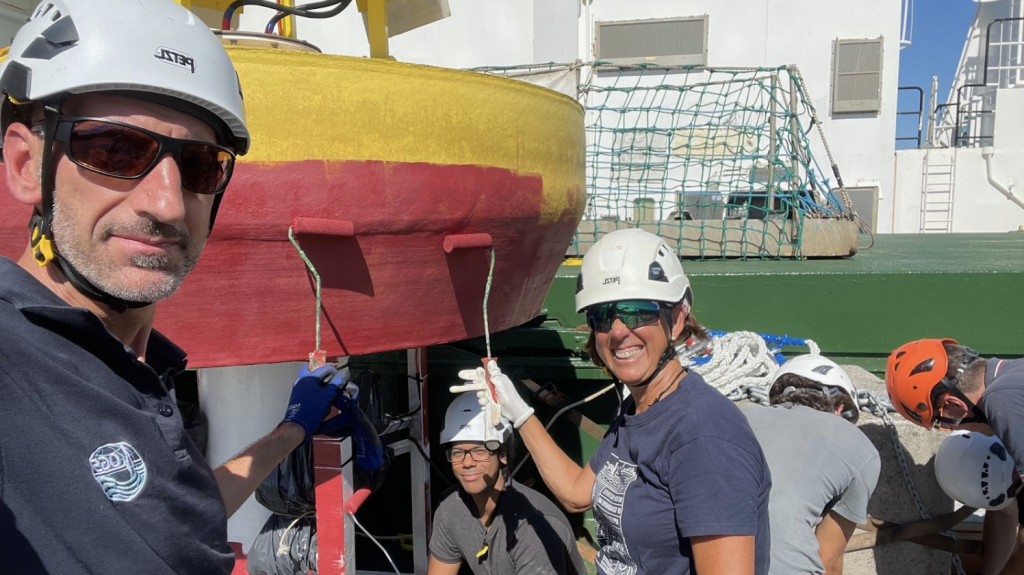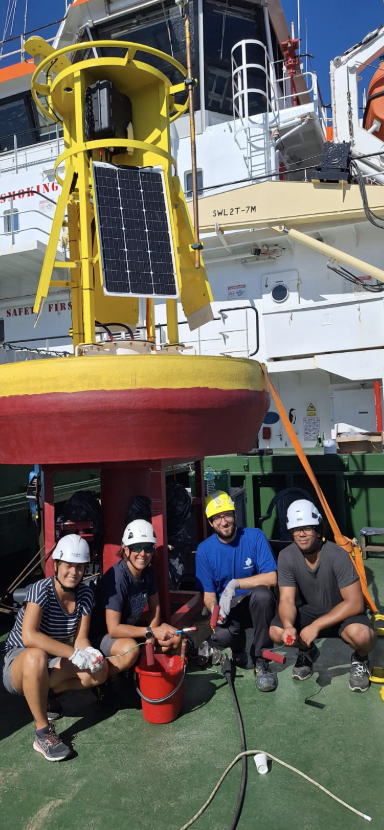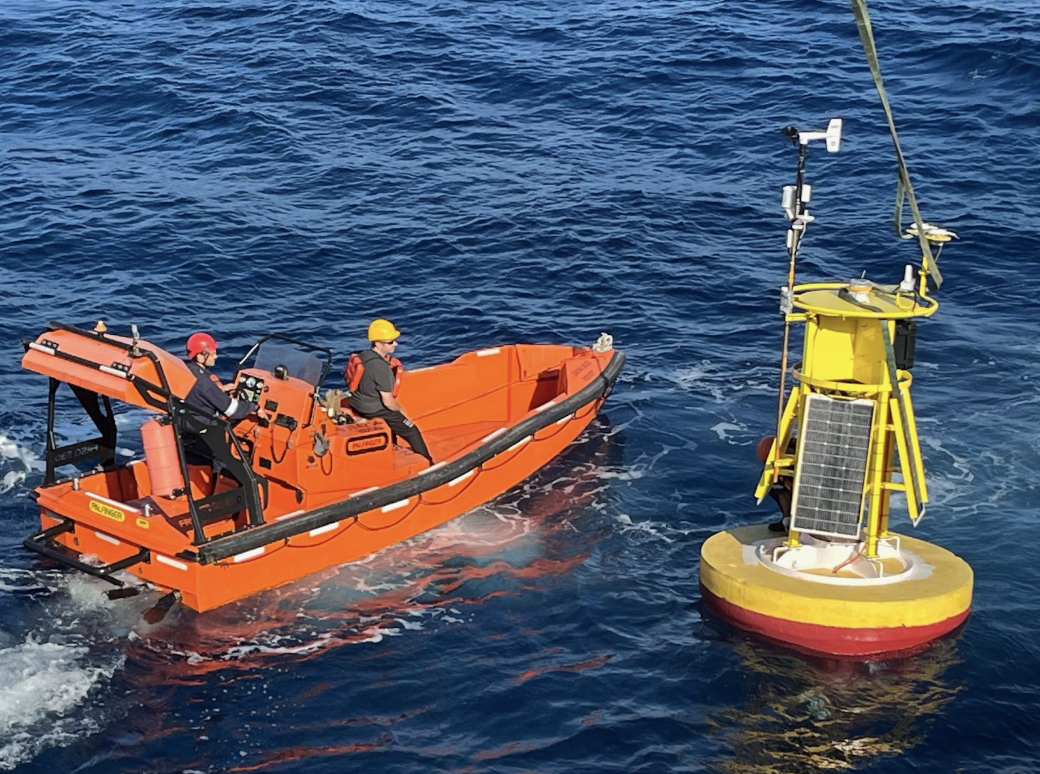The latest oceanographic campaign for the EMSO South Adriatic Observatory has been successfully completed.
Over ten days at sea, 13 researchers, technologists, and technicians worked together to collect high-quality data and carry out maintenance on key components of the EMSO infrastructure. The mission took place between Milazzo and the South Adriatic within the framework of the PNRR Itineris project (Marine Environment). Its goals included both scientific research and the maintenance and calibration of EMSO’s observation systems and oceanographic moorings, which enable real-time monitoring of the marine environment.
Operations were carried out aboard the research vessel R/V Laura Bassi, which served as the main platform for deploying instruments and conducting experiments. The team also made use of autonomous vehicles, including gliders, floats, and drifters from the international Argo programme. These advanced tools, together with onboard laboratories, enabled the collection of valuable data on physical, chemical, and biological processes in the Mediterranean Sea.
Such observations are essential to improve our understanding of ocean circulation, water mass formation, and climate-related changes in this key region of the Mediterranean.
The South Adriatic site, jointly operated by OGS and CNR-ISP, is part of EMSO-ERIC. The site is included in the E2M3A Regional Facility, which hosts the longest oceanographic time series in the Adriatic Sea and represents a crucial node in the EMSO network.
The multidisciplinary and multiplatform approach adopted during the campaign strengthened integration between physics, biogeochemistry, and ecology. This synergy enhances the quality and relevance of the collected data and supports the scientific community’s efforts to address global environmental and climate challenges.
The success of the EMSO-SA2025-LB mission reaffirms EMSO’s commitment to advancing sustainable ocean observation and research, ensuring that data and knowledge continue to inform Europe’s response to the changing marine environment.



Authors: Francesca Petrera, Vanessa Cardin, Francesca Radicioni, Enrico Carraro. National Institute of Oceanography and Applied Geophysics – OGS


